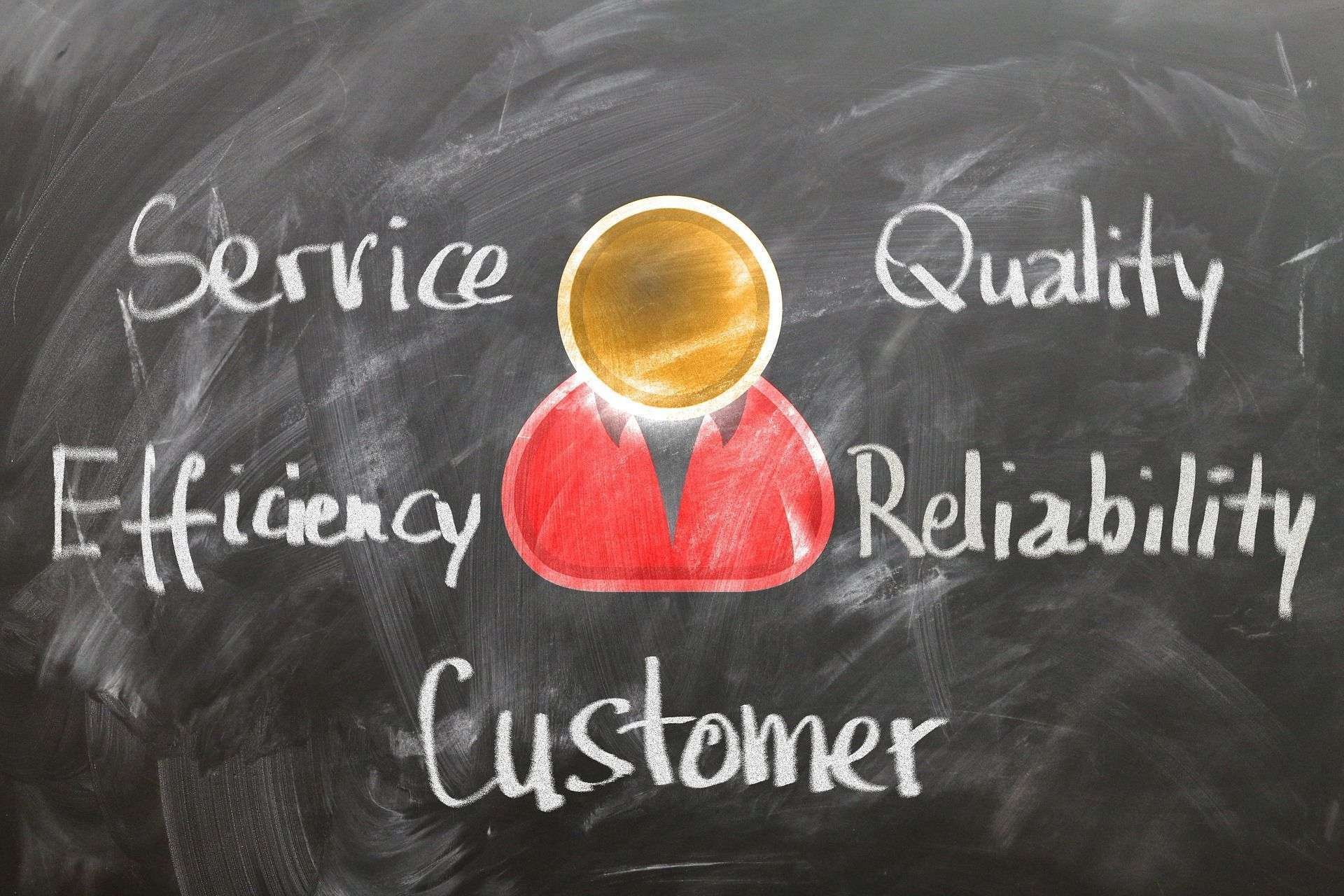In a remote work environment, making quick and effective decisions is crucial. Physical distance presents unique challenges, especially in problem-solving. That’s why having a structured approach becomes even more important. A solid problem-solving framework speeds up decision-making and enhances collaboration and team alignment.
Why Use a Problem-Solving Framework?
Problem-solving frameworks provide a clear structure to guide teams in identifying, analyzing, and solving issues. Using a framework offers multiple benefits:
- Clarity: A structured approach helps teams view the problem from different perspectives, making it easier to understand and identify root causes.
- Efficiency: Following set steps prevents unnecessary discussions and keeps teams focused on practical solutions.
- Team Alignment: Frameworks ensure that all team members are working toward a shared goal, improving collaboration and decision-making.
- Better Results: A systematic approach leads to more effective and sustainable solutions.
Top 5 Recommended Frameworks
Here are some of the most effective frameworks for remote teams:
Root Cause Analysis
This framework focuses on identifying the real cause of a problem rather than just addressing its symptoms. It helps teams dig deeper to prevent issues from recurring in the future.
SCAMPER (Substitute, Combine, Adapt, Modify, Put to Another Use, Eliminate, Reverse)
SCAMPER is a creative thinking technique that generates innovative ideas by questioning different aspects of a product, process, or service. Each letter represents an action that helps teams think outside the box:
- Substitute: What part of the process can we replace?
- Combine: What elements can we merge for better results?
- Adapt: How can we modify an existing solution?
- Modify: What changes can we make to improve it?
- Put to Another Use: How could we use this differently?
- Eliminate: What can we remove to simplify the process?
- Reverse: What if we did things the opposite way?
Eisenhower Matrix
This matrix helps teams prioritize tasks based on urgency and importance, allowing them to focus on what truly matters. It is divided into four quadrants:
- Urgent & Important: Do it now.
- Important but Not Urgent: Schedule it.
- Urgent but Not Important: Delegate it.
- Neither Urgent nor Important: Eliminate it.
The 5 Whys
This technique involves repeatedly asking “why?” until the root cause of a problem is identified. It helps teams go beyond surface-level solutions and address underlying issues.
Design Thinking
A user-centered problem-solving approach that fosters innovation and creativity. It consists of five stages: empathize, define the problem, ideate, prototype, and test. This framework is ideal for tackling complex problems through an iterative, trial-and-error process.
How to Implement These Frameworks in Your Remote Team
Implementing these frameworks in a remote team is simple with the right tools. Here are some recommendations:
- Miro: Great for mind maps, diagrams, and collaborative brainstorming.
- Notion: Perfect for organizing ideas, taking notes, and structuring projects.
- Google Docs: Useful for creating collaborative documents and tracking solution progress.
- Trello/Asana: Helps manage tasks and monitor execution.
Tips for Facilitating Virtual Collaboration
Establish clear communication channels: Use tools like Slack or Microsoft Teams for seamless team communication.
Encourage active participation: Ensure all team members have the opportunity to share ideas in virtual meetings.
Define roles and responsibilities: Assign tasks and deadlines so everyone knows what is expected of them.
Conduct regular reviews: Keep your team updated on progress and adjust plans as needed.
Conclusion
Problem-solving is a key skill for any team, especially in a remote environment where communication barriers can complicate the process. By implementing frameworks such as Root Cause Analysis, SCAMPER, the Eisenhower Matrix, the 5 Whys, and Design Thinking, teams can make faster, more aligned, and effective decisions. The key is choosing the right framework for the problem and leveraging virtual collaboration tools to optimize the process.





